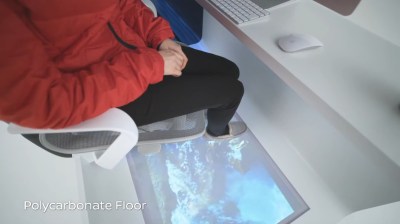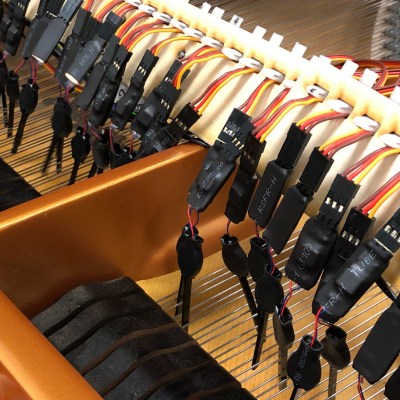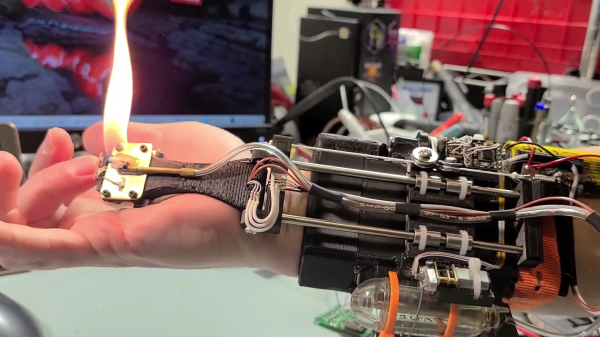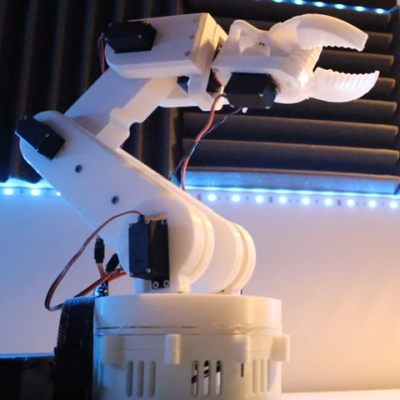It’s no secret that many parts of the United States saw quite a bit of snow that past few weeks. Even snowed in, hackers and engineers continue to do what they do and invent crazy wonderful things. Spurred on by a grand vision of complex polyhedron snowballs, [Jacob] created a clever 3D printed mold that can create Rhombic Dodecahedrons. It has some rather unusual properties as it can be stacked perfectly (no gaps in between the snowdechedrons) and all opposing sides are parallel so it can be held easily in a mitten or glove. Additionally, since the faces are parallel, it unmolds easily and without marring the beautiful snow you just crafted.
Premade STL’s of three different sizes are provided under creative commons with some helpful instructions on how best to print them. Perhaps next time your area gets some good snow, you can be prepared to show off with your high-performance ski-sled as your fly by throwing molded snowballs. That is until you get roped into a friendly debate about whether your snowdechedrons are in fact snow “balls”.
Thanks [Jacob] for sending this one in!






















